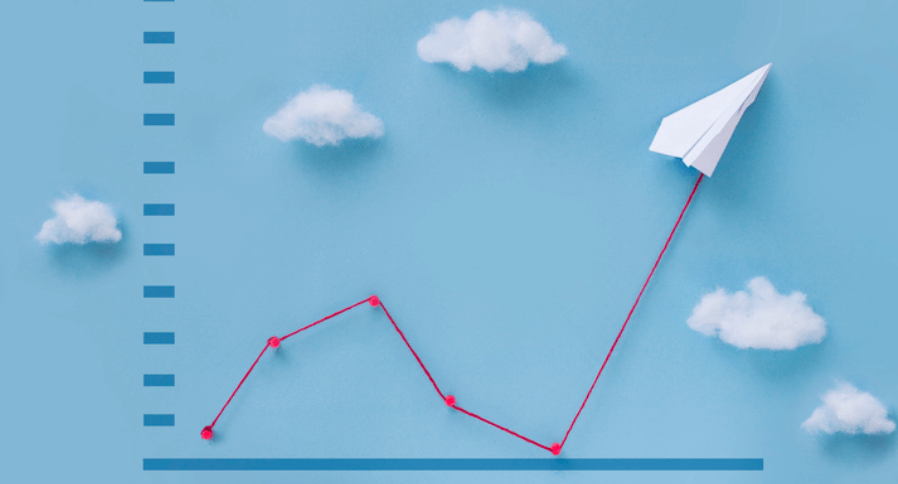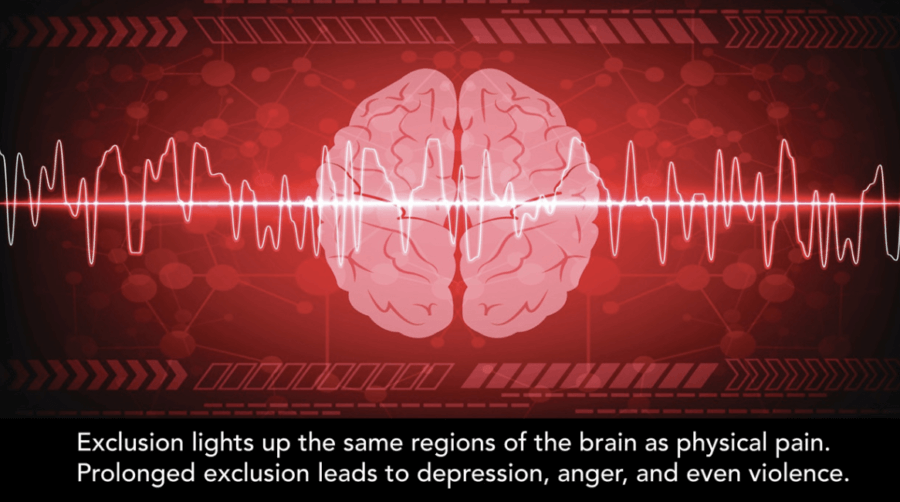Peak-Performing Teams Need Psychological Safety

The safer we feel, the better we perform
People need to feel safe at work. Period. In environments where people are physically aggressive or intimidating, people are hindered from performing their best. Research has shown that even being paired with an intimidating and competitive person negatively impacts performance levels.
This is because threatening situations activate the survival/reptilian brain, which cuts off access to their higher-thinking abilities including innovation and creativity. Needless to say, this also harms the organizations where they work.
Many of us think that physical safety at work is a given these days, but workplace violence and aggression are surprisingly prevalent, both among peers and between supervisors and employees. According to the National Safety Council, every year two million Americans are the victims of workplace violence. About 16 percent of workplace deaths are the result of an attack in the workplace. The National Institute for Occupational Safety and Health analyzes the source of all kinds of workplace injuries and has identified four types of workplace violence:
- Criminal intent (such as burglary)
- Customer and/or client
- Worker on worker
- Personal relationships, where the greatest number of victims are women
Some industries are more prone to workplace violence than others. It's the third leading cause of death for healthcare workers, and taxi drivers are twenty times more likely to be murdered on the job than any other worker. Men are the most likely victims at 83 percent of workplace homicides. I was shocked to learn that over one-quarter (26.1 percent) of workplace homicide victims work in sales or retail, higher than those in protective services (19.1 percent) including police officers and security guards. And, we have all seen the damage done by active shooters in the workplace, often injuring or killing several people within minutes.
From this data, it's clear that for many, physical safety on the job is a valid and present concern. But separate from potential harm, our sense of physical safety also depends on keeping our job, as our paycheck is the way we buy food, water, and shelter-the essentials of survival. So threatening to fire someone can have nearly the same emotional impact as threatening to hit them, launching a person into the fight-flight-freeze response. Several studies have shown that the amygdala is active during standard work performance reviews, signaling just how threatening the experience can seem.
Many aspects of our biology are designed to help us connect with others, but lots of things can get in the way.
We only truly connect when we are safe enough to do so-in other words, when we don't feel threatened, physically or psychologically.
That seems to be a mandatory condition to bring our whole selves to work and to perform at our best. The safer we feel, the better we perform. Biologically, we can access more of our higher thinking functions and we don't waste energy on constantly scanning our environment and protecting ourselves.
Exclusion is Painful
Biologically, we are wired to assess where we stand in our group. From the perspective of our tribal brain, if we are outcast from the group we are likely to perish. Being able to scan for the peer group's values and preferences gives us tools to navigate our communities and increase our chances of being accepted by the group. Our brain has the ability to quickly assess our social status in a group as well as our position in our friendship network.
One of the shocking discoveries I made is that exclusion lights up the same regions of the brain as physical pain. Think about that.
Being excluded registers as pain, as if you've been slapped in the face or worse. Perhaps it's because emotional injury is just as threatening to our survival as a physical injury. And this isn't just one random study but a consistent finding by researchers at Harvard, Purdue, Duke, and UCLA, to name a few.
As Dr. Kipling Williams, a psychologist at Purdue University states, "Being excluded is painful because it threatens fundamental human needs, such as belonging and self-esteem. Again and again, research has found that strong, harmful reactions are possible even when ostracized by a stranger for a short amount of time."
Researchers have also explored whether social pain can be treated medically, in the same way as physical pain. Pain medications like opioids work in the brain, not by making the pain of a broken arm go away, but by disconnecting the pain receptors in our brain so we don't feel it. When the drug wears off, the sensation of pain flows again. Over-the-counter medications, like Advil, do the same thing on a smaller scale.
Drs. Naomi Eisenberger and Nathan DeWall partnered to explore the effect of pain medications on social pain by giving subjects an over-the-counter pain medication, acetaminophen and then measuring their reaction to exclusion on the fMRI. Sure enough, compared to the group with a placebo those who had taken the pain medication had less activity in the pain regions of their brain when they were being rejected.
I suspect that one of the reasons we are experiencing this tragic opioid epidemic is that people go on pain meds for legitimate physical injuries, but find that they also get a respite from their social pain. Once they are physically healed, they can't quite face the reality of their social pain. And our society does not yet do a good job at helping people talk about that and offer ways to heal from it. In fact, we further reject them and shame them for their drug abuse problems.
The effects of long-term exclusion are even worse. Sufferers often experience anxiety and depression, which can lead to self-harm and suicide. Some victims of exclusion turn those emotions outward, becoming aggressive and violent toward others.

Creating Inclusion
A sense of belonging matters. We don't need to be popular or liked by everyone but we do need to have a sense of belonging somewhere, with someone. This has lots of implications for workplaces today. Employee engagement is not just a measure of work pride and productivity, it's also a valuable indicator of inclusion and exclusion. This is why it's so important that measures of engagement include questions like, "Someone at work cares about me as a person," or "I have a friend at work."
This is also why orientation or onboarding efforts are more effective when companies go beyond the basics of new employment and help people integrate socially into their new community. Did you know that one-third of new hires quit their job within six months of starting it? According to a 2014 study by BambooHR, 17 percent said that a friendly smile or a helpful coworker would have made all the difference. Nearly 10 percent wished for more attention from their manager and coworkers.
A study by the Aberdeen Group found that high-performing organizations are two-and-a-half times more likely than lower-performing ones to assign a mentor or buddy during onboarding. This small and affordable effort helps new hires feel connected, plus their experience is seen by someone who can advise and guide them should they hit challenges.
These findings are not a surprise to me. As someone who has run onboarding for both small and large organizations, including a multinational company of 10,000 employees, I can tell you that the ability to "find your tribe," even if it's just a tribe of one, can make all the difference. Again, companies with the best new-hire retention purposefully help their newest members navigate the structural and social elements of a new environment.
And it doesn't just end at onboarding. Inclusion, or lack of it, is woven into every aspect of an organization from how managers lead one-on-one meetings to how brainstorming and team project meetings are conducted. It's reflected in who has seats at the leadership table and how people address acts of exclusion or marginalization.
Fostering inclusion in your workplace doesn't necessarily protect against workplace violence, but it does go a long way toward creating a safe space for people to speak up when they need to. On a strong team, people trust each other, listen to each other, and look out for each other.
Related Blogs
JOIN OUR COMMUNITY
Be the first to know of Dr. Britt Andreatta's latest news and research.





